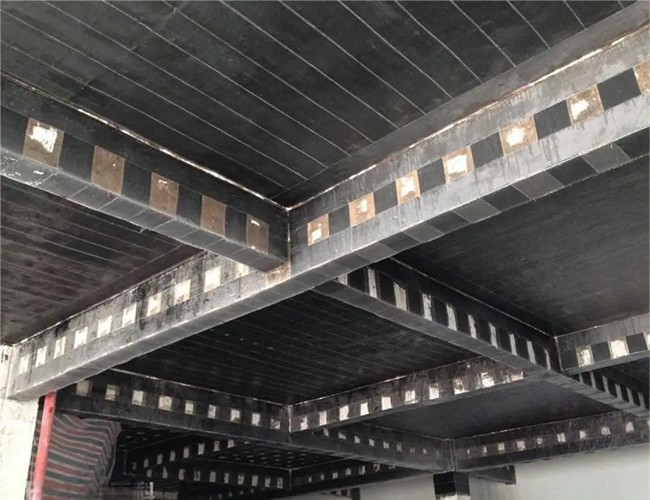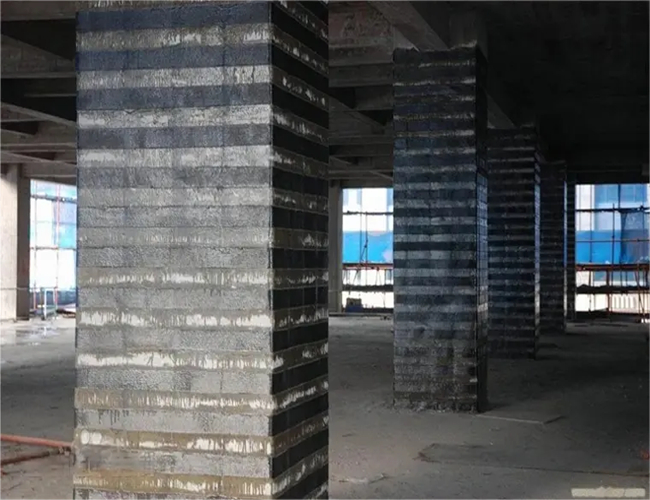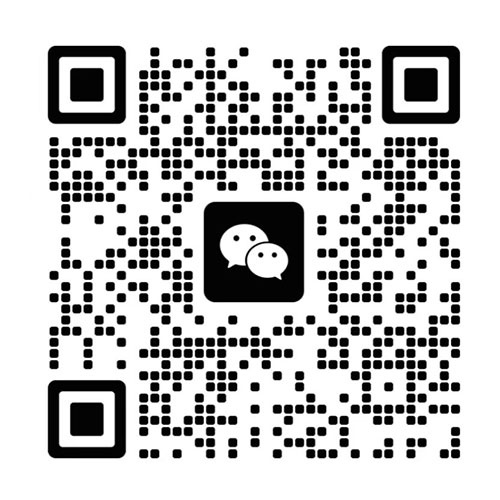The construction industry has always been at the forefront of innovation, continuously adopting advanced materials and techniques to improve the performance, durability, and safety of structures. One such groundbreaking material that has gained significant attention in recent years is unidirectional (UD) carbon fiber fabric. Widely used for structural strengthening, UD carbon fiber fabric has emerged as a superior alternative to traditional materials such as steel and concrete reinforcements.
What is UD Carbon Fiber Fabric?
UD carbon fiber fabric is composed of high-strength carbon fibers aligned in a single direction and bonded together with a resin matrix. This configuration provides exceptional tensile strength along the direction of the fibers, making it ideal for reinforcing structures in specific load-bearing directions. The fabric is lightweight, flexible, and easy to handle, which simplifies installation in a variety of construction applications.
Applications in the Construction Industry
UD carbon fiber fabric is commonly employed for strengthening and retrofitting existing structures, as well as enhancing the performance of new builds. Its applications include.
Bridge Strengthening
For instance, UD carbon fiber fabric has been used to reinforce aging bridges like the Rio Hondo Bridge in California, where its application increased the bridge's load-carrying capacity while avoiding the need for a complete replacement. Similarly, the Sydney Harbour Bridge benefited from the material's lightweight yet robust properties, ensuring enhanced structural safety without significant weight addition.
Seismic Retrofitting
In earthquake-prone regions such as Japan, UD carbon fiber fabric has been utilized to retrofit residential and commercial buildings, improving their resistance to seismic forces. An example includes the retrofitting of school buildings in Tokyo to meet updated earthquake resistance standards. Additionally, its implementation in Chile's seismic zones has demonstrated how it can save lives by preventing structural collapses.
Reinforcement of Beams and Columns
A notable case is the application of UD carbon fiber fabric to strengthen columns in a parking structure in New York City, which resulted in enhanced load-bearing capacity and extended the lifespan of the structure. Moreover, a high-rise building in Dubai used this material to upgrade its beams, enabling the addition of new floors without compromising structural integrity.
Crack Repair and Prevention
In projects such as the rehabilitation of industrial flooring in factories, UD carbon fiber fabric has been employed to repair cracks and prevent future damage caused by heavy machinery and vibrations. Another example includes its application in large-scale warehouse facilities in Germany, ensuring the floors remain durable under consistent heavy loads.
Strengthening Historical Structures
A prime example is the use of UD carbon fiber fabric in the preservation of the Leaning Tower of Pisa, where the material reinforced specific load-bearing elements without altering the tower's historic appearance. Similarly, its use in the Notre Dame Cathedral in Paris during restoration work has shown its ability to provide robust reinforcement while preserving cultural heritage.


Advantages of UD Carbon Fiber Fabric Over Traditional Materials
The growing popularity of UD carbon fiber fabric in structural strengthening can be attributed to its numerous advantages over traditional materials like steel and concrete reinforcements:
High Strength-to-Weight Ratio
UD carbon fiber fabric offers exceptional tensile strength while being significantly lighter than steel. For example, in the retrofit of the Golden Gate Bridge, the use of carbon fiber significantly reduced the overall weight burden compared to traditional steel reinforcements, ensuring minimal strain on the bridge's existing structure.
Corrosion Resistance
Unlike steel, carbon fiber does not corrode when exposed to moisture, chemicals, or harsh environmental conditions. This was evident in the rehabilitation of coastal structures in Florida, where the material's durability against saltwater exposure proved invaluable. Similarly, its application in offshore wind turbines has demonstrated its long-term resilience in marine environments.
Flexibility and Versatility
The fabric's flexible nature allows it to conform to complex shapes and surfaces, enabling its use in a wide range of structural configurations and geometries. For instance, it has been used to strengthen curved architectural features in modern building designs, such as domes and arches in high-profile stadiums and auditoriums.
Ease of Installation
UD carbon fiber fabric is easy to apply using adhesive systems, reducing labor time and costs compared to traditional strengthening methods. A good example is the quick and efficient strengthening of airport runways to accommodate heavier aircraft without interrupting airport operations. In addition, its use in remote construction sites, such as those in the Amazon region, highlights its practicality and ease of transport.
Minimal Disruption
Due to its lightweight and non-invasive application process, the use of UD carbon fiber fabric causes minimal disruption to ongoing operations. For example, its application in retrofitting office buildings allowed businesses to continue their operations without significant downtime. Hospitals in urban centers have also benefited, where retrofitting was carried out without interrupting patient care.
Enhanced Structural Performance
The directional alignment of fibers in UD carbon fabric allows engineers to target specific stress zones, optimizing the structural performance of the reinforced element. This has been demonstrated in the reinforcement of highway overpasses in high-traffic areas, such as the Los Angeles freeway system, ensuring safer and more efficient transportation routes.
Sustainability
The durability and low maintenance requirements of carbon fiber contribute to reduced material consumption and environmental impact over the structure’s lifecycle. For instance, its use in green building projects aligns with sustainable construction practices. A notable case includes its integration into eco-friendly housing developments in Scandinavia, where it helped achieve lower carbon footprints while ensuring structural reliability.
UD carbon fiber fabric represents a transformative advancement in the field of structural strengthening. Its superior performance characteristics, ease of installation, and long-term durability make it a highly effective solution for addressing the challenges faced by modern construction and retrofitting projects. By adopting UD carbon fiber fabric, the construction industry can ensure safer, stronger, and more sustainable infrastructure for the future.
Contact: ERITON MATERIALS
Phone: +86 (0)532 8722 8807
E-mail: info@qderiton.com
Whatsapp:008615265209345
Add: No.88, Hankou Road, Shibei District, Qingdao, China
We chat
